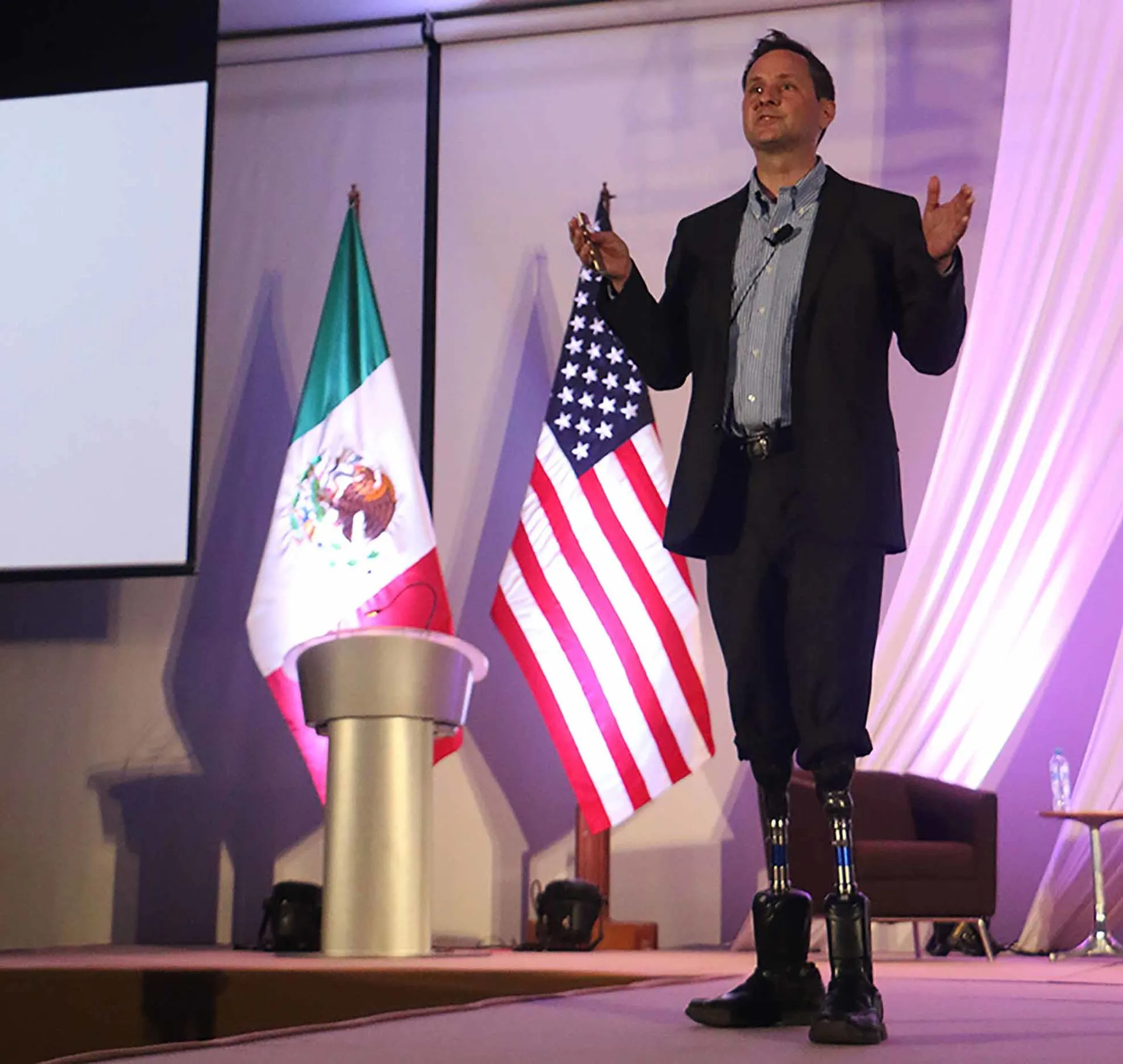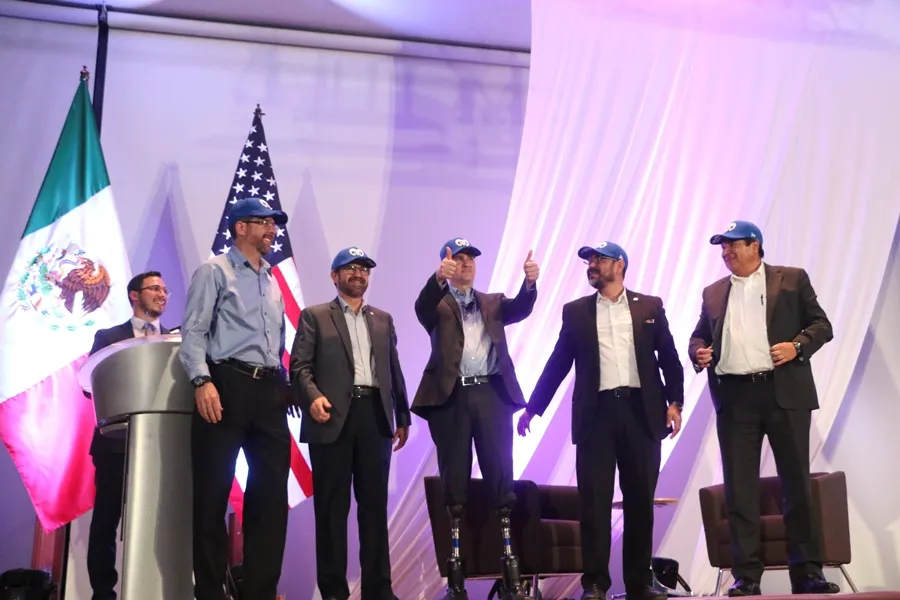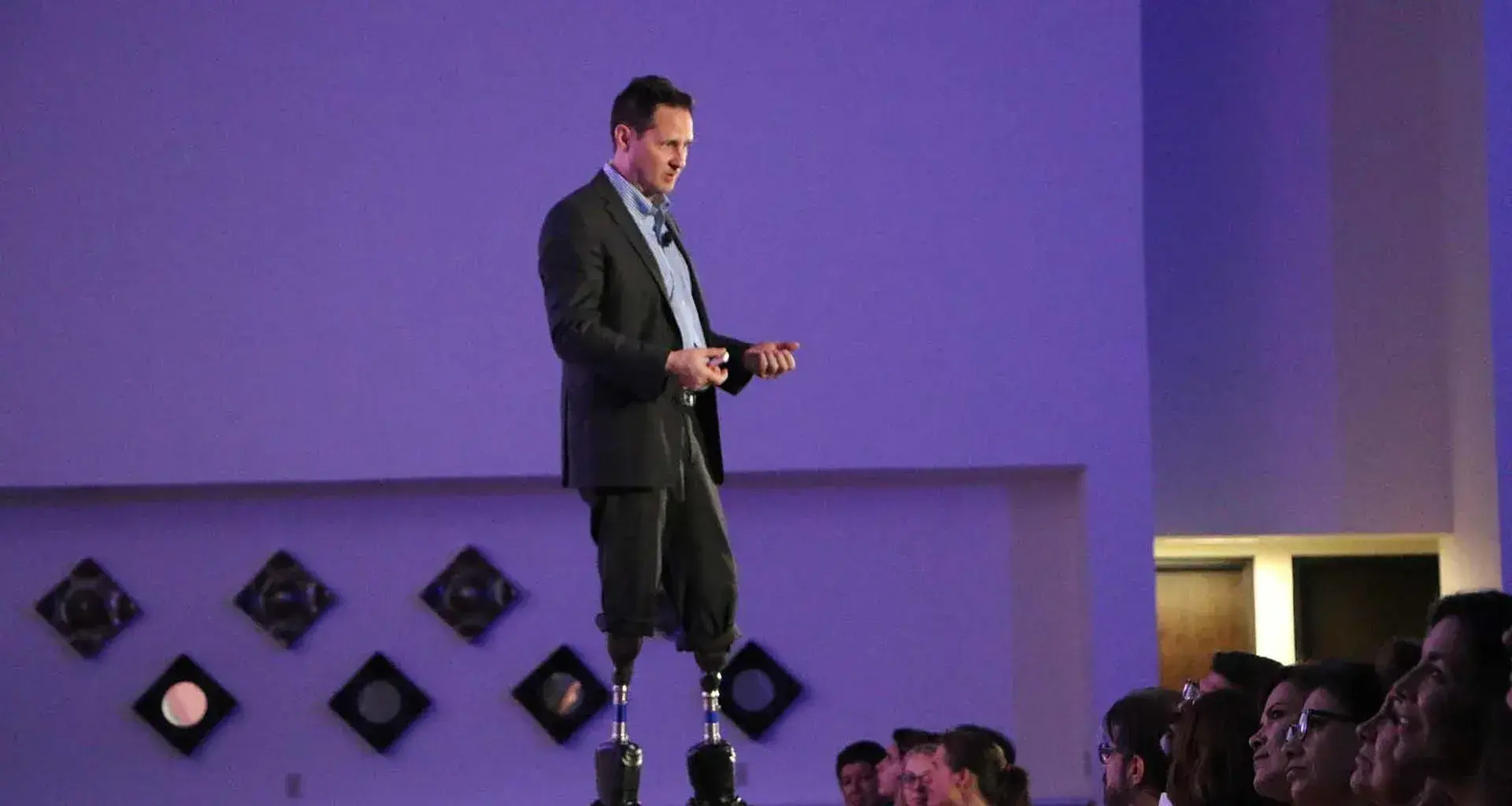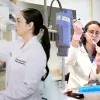Hugh Herr, a researcher and expert on extreme bionics at the Massachusetts Institute of Technology (MIT), spoke at the Guadalajara campus of Tec de Monterrey to explain how human bodies could integrate with bionic parts via exoskeletons to enhance performance.
“All humans will have many ways to augment their bodies to improve the cognitive and physical experience. In that future, every individual will become their own designer and may sculpt their own identity to take them further,” he said during his talk “The Future of Bionics: Enhancing Human Performance”.
Herr presented his vision of the bionic age, in which human performance will be augmented by integrating electromechanical systems such as exoskeletons with natural physiology. He proposes to erase that barrier between body and prosthesis.
“We’re building exoskeletons that run in parallel along the entire leg to increase speed or reduce muscle stress, and we’re redesigning footwear… We’ll begin to see implementations of this in two decades,” he pointed out.
Herr has revolutionized the field of biomechatronics at MIT through his ability to create bionic limbs that emulate the functions of natural parts of the human body by uniting electromechanical technology with human physiology.
“The next step in the evolution of humanity is perhaps not biological, but technological, by integrating people with machines or devices that would augment their physical performance,” he asserted.

During his keynote, he also spoke about the challenges of taking bionics to a level of extreme comfort and functionality, presenting the most recent advances made in his laboratory, which include a knee prosthesis and an ankle prosthesis.
He explained that the majority of common leg prostheses are passive and result in having to expend 20% more energy to walk, which is why he studied how the leg and ankle worked in order to create bionic parts.
“(This happens) even when a prosthesis is made from synthetic materials that can move like flesh and bone. When we’re able to adapt a prosthesis, the patient doesn’t need any training. The body remembers how to walk. That’s the value of bionics,” he said.
BIONIC INTEGRATION
The term “bionic” is defined as the interaction between technology and design. “The brain generates the synthetic calculation and bidirectionality that allows a person to think and exert an effect on artificial limbs.
… We call this ‘neurocorporal design’. It not only involves adapting synthetic parts, but also the biological body to improve communication between the neurological system and the built world. We call this new minds and new bodies,” he pointed out.
Herr and his team work on controlling bionic limbs naturally by including sensors that measure electric impulses in the remaining muscles of the limb and translate them into movement. In this way, users only need to think about moving.



COLLABORATION WITH THE TEC
Herr will be a distinguished professor at Tecnológico de Monterrey for a period of 5 years (2018 to 2022).
What most attracted the researcher to this collaboration is the work that’s been carried out at the Guadalajara campus since 2014, where the social enterprise Tecnologías para la Comunidad (Technology for the Community) has been incorporated as a civil association.
Now going by the name Proactible and led by Professor Joel Huegel, the initiative has developed a high-quality prosthesis with excellent functionality and delivered more than 150 of them in Jalisco and neighboring states to impoverished people.
Herr underwent a double amputation just below the knee when he was 17 years old due to a mountaineering accident. He’s spent 30 years discovering and inventing some of the most significant biomechatronic advances, including his BioM prosthesis.
His breakthroughs have earned him several acknowledgments, including the Prince Salman Award for Disability, The Smithsonian Award for Ingenuity and the 2016 Princess of Asturias Award for Scientific Research and Technology.

ALSO READ:





